Feminism Never Happened
30 January–20 March 201030 Jan–20 Mar 2010
The title of this show, Feminism Never Happened, is—of course—a conceit. Feminism did happen. Not only did it happen, but few of the works in the show could or would have been made if it hadn’t. Nevertheless, the title prompts you to consider the work here, if only for a moment, outside the current pluralistic framework of feminist art—as if feminism had never happened. Why?
These days, there are many feminisms. Rex Butler has argued that, as feminist art can now take virtually any shape, it is impossible not to make feminist art. Indeed, feminist art seems to have all the bases covered. It can be deep and cavernous or shallow and cosmetic. It can be tightly patterned or monstrously organic. It can be confessional and true or feigning and duplicitous. It can be abject or genteel, political or mystical. It can confront gender as deeply contingent, a ‘social construction’, or accept it as fundamental. It can embrace ‘femininity’ or repudiate it. It can align women with nature or reject the very idea as sexist. If ‘bad girl’ feminists attack middle-class values as patriarchal, prefering the rude and transgressive, other feminists celebrate politeness and decorum, as if middle-class values were always already feminist. Etcetera. Perhaps it is not exactly that every thing in art is feminist, but that utterly polarised and mutually exclusive things are: what one feminism promotes another necessarily opposes.
A recent flurry of influential historicising feminist-art shows—including WACK!, Global Feminisms, and Elles@centrepompidou—have argued the centrality of feminism to contemporary art, marshalling a diversity of women’s art practice within a feminist frame. However, this downplays antagonisms within the broad expanses of feminist art and women’s art. Resisting this approach, Feminism Never Happened is interested in both feminist and anti-feminist possibilities in work habitually located within feminist art. It includes works by women artists from Australia and New Zealand which can be read within a feminist frame but can also be seen to trouble it. The show includes works which relish traditional gender roles, which romanticise sex-crime landscapes, which savour glamour photography, which narcissistically parade pathetic victim status, which appropriate male-gaze pornography, which imagine a polymorphously perverse Eden, which indulge mixed feelings about haute couture and svelte models, and which vacillate between come-on and critique.















